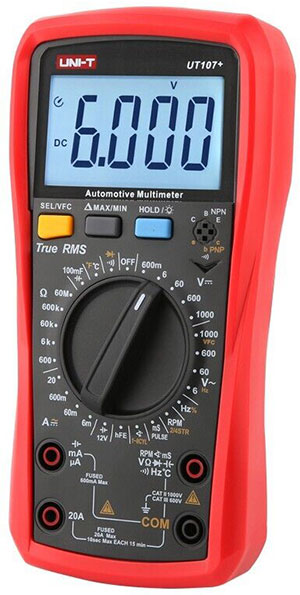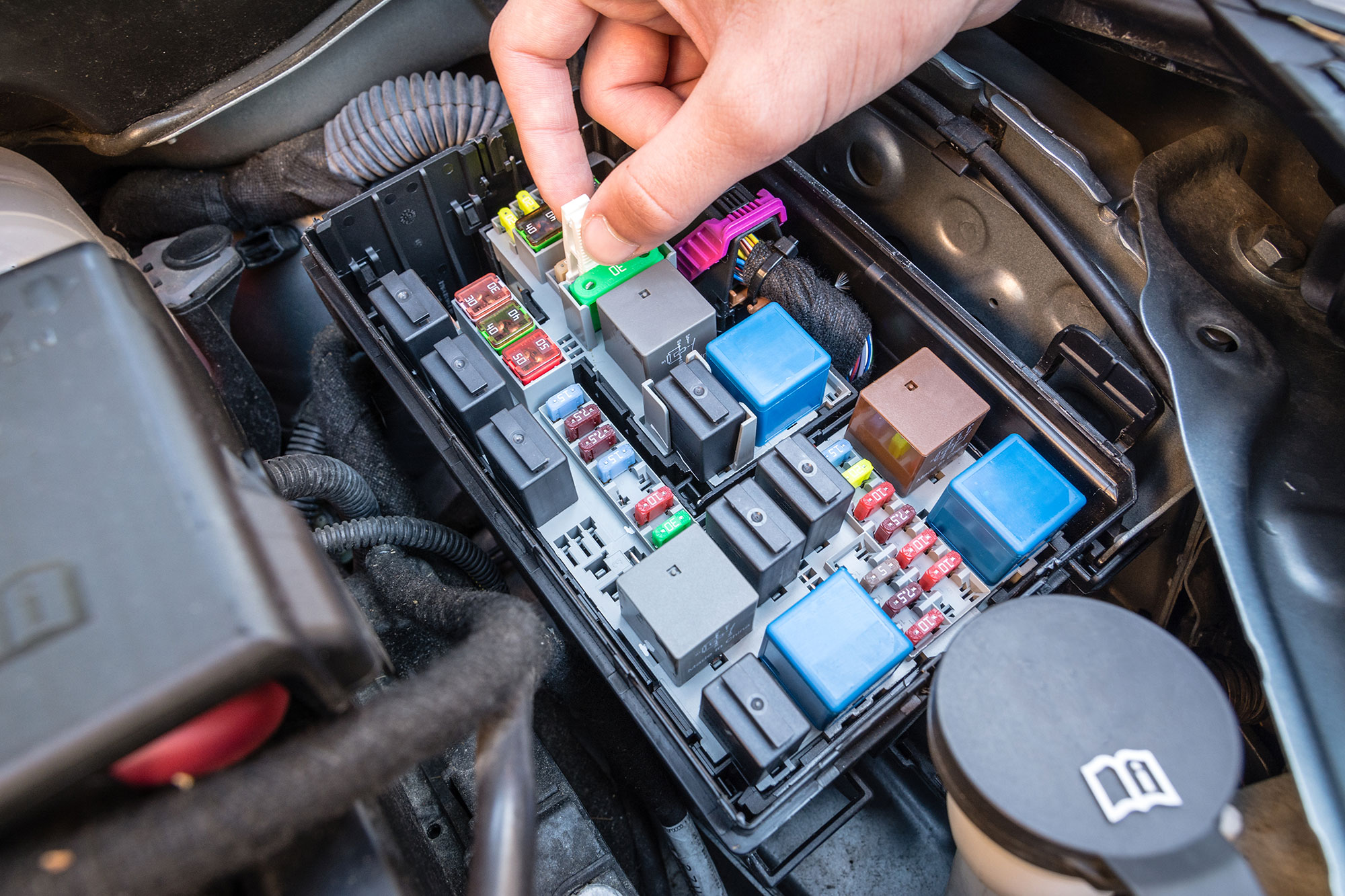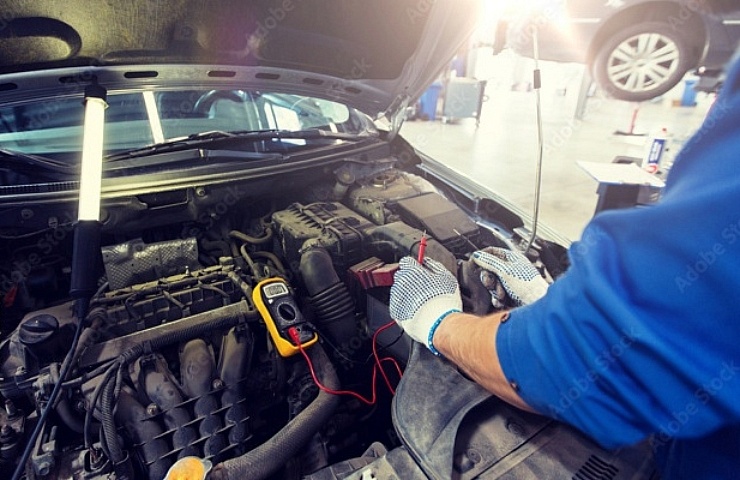Contents
Vehicles have a normal power draw. Many components in modern vehicles require residual power when the key is off, including the electronic control module (ECM), body control module (BCM), security mechanisms, and various other computer systems. The draw on the battery from these systems is relatively low and should not cause a dead battery.
However, when these modules or other components begin to fail, the draw can rapidly increase, causing your battery to go flat within a few days or even overnight. A drain can damage your vehicle’s battery because a full, deep discharge is bad for most batteries.
Shop now for a car batteryHow Much Drain Is Too Much?
The general rule for battery drains is that anything under 100 milliamps (.1 amps) is acceptable and expected. Once it gets above that range, the battery can drain in as little as one evening, even faster if it is cold outside.

An aftermarket radio connected to the wrong power source can add several amps of draw.
Most vehicles have between .05 and .085 mA of draw in normal conditions. Something as simple as an aftermarket radio connected to the wrong power source can add several amps of draw to the system. Older vehicles without electronic fuel injection and all the electronic doodads will have lower draw than modern vehicles.
How to Troubleshoot a Parasitic Draw

Most consumer DMMs are internally fused to 10 or 5 amps (or even 200 mA), meaning there is a fuse inside that blows if the current draw exceeds that rating.
Here are the basic steps to check for a parasitic draw:
- Set the DMM to the lowest scale setting on the amps section or set it to auto-ranging.
- Disconnect the negative battery terminal from the battery. Always use the negative terminal, as this protects the vehicle from arcing.
- Touch one probe to the negative battery cable terminal and then the other probe to the negative battery post. You can use alligator clips to hold the probes in place to do other tasks without reconnecting the probes.
- Read the draw on the screen of the DMM. This is your parasitic draw. If it is under .1 mA, you can leave it alone.
- If the reading is above .1mA, you have enough parasitic draw to drain the battery outside the normal range.
Locating the Battery-Drain Source

Pulling fuses one at a time can you help you find the power draw.
If you’ve determined that there is indeed a parasitic draw, it’s time to narrow down the source of the drain:
- Locate the fuse panel(s) in the vehicle. Start with the smaller panel inside the vehicle. This will be easier with a helper.
- Start pulling fuses one at a time. When the draw drops on the DMM, make a note of the circuit that was pulled.
- Replace that fuse and move to the next. Do this for every fuse.
- You can stop if you have a big draw and find the fuse that eliminates the draw. If you have aftermarket equipment installed, check those fuses as well, as a parasitic draw is more common with add-on accessories.
After you have located the circuit causing the parasitic draw, you can find the components that could be causing the failure. Your specific vehicle’s repair manual will list all the components in that circuit. If the circuit includes manual switches, it is vital to check those, too.
Parasitic draws are frustrating and can be hard to find. But with some patience and diligent testing, you should be able to narrow down the problem. While major components can fail, battery drains are often due to faulty switches, bad grounds, loose terminals or plugs, and spliced wires. Make sure you check all the options before replacing the main component.
Preventing a Drained Car Battery
Your car battery relies on the alternator to recharge after starting the engine. But if you drive a short distance and shut the engine off, the alternator doesn’t get much chance to recharge the battery. Do this repeatedly, and you could cause the battery to drain. So, it’s best for the engine runs for at least 15 minutes every time you start the car.
If you store your vehicle for some time, even the normal parasitic draw could drain the battery excessively over weeks or months. If you won’t be driving for a while, disconnect the negative battery terminal or use a battery trickle charger to keep the battery charged at the proper level.
Read: Get Your Classic Car Ready for Winter
Shop now for an auto multimeter




